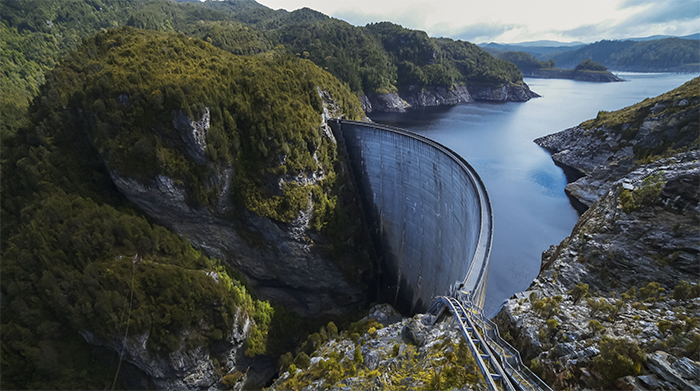Time to read : 3 Minutes
Renewable Energy Is In But Which One Is The Cheapest
Australia has the potential to not only provide for all our energy needs sustainably, it also has the renewable resources to sell the excess overseas.
The problem is that the infrastructure is not in place yet and neither is the investment.
💰 For now at least, renewables will tend to cost more than fossil fuels but the day is coming where they will be much cheaper, if not free.
🧮 The average annual household electricity cost in 2021 was $1587, it's now $1869 – that's $282 more, and that's without the expected minimum 35% jump next year. That would make the average bill cost an extra $650 more, or $2510 a year.
🔥 Gas cost on average $936 a year in 2021, but has gone up a further 20% this year, and we can expect another $20% – to $1310 or $374 more in the coming months.
So let's compare some apples...
Let's tackle Australia's top three renewables – solar, wind and hydropower.
To make the comparison easy, let's take the current average cost of electricity – a kilowatt (kWH) is currently 27.81 cents. A family of four will use on average 41kWH a day or $11.
🌞 Solar – turning sunlight into energy
According to SolarChoice, a 6kW (which could suit a family of four), the average price of solar panel installation is $6050.
Your switchboard will divert any excess energy back into the grid if you are connected, or into your battery if you have installed one.
It will take between 3-5 years for your panels to pay for themselves, depending on how much energy your panels create.
There are Government and State rebates if you install solar panels, in NSW there are now free solar upgrades for eligiable lower income homes too.
A 5kW system will make about 20kW a day.
If you use a 10kW system over 25 years, your kW cost will drop to 4.4 cents.
Beware: solar power is dependent on sunlight, so if there is a lot of cloud cover, you may not generate enough power – meaning you could still be paying an electricity bill, albeit much smaller.
🌬️Wind – turning air into energy
Right now wind power generates 9.9% of the Australian energy grid and costs at most right now .065 cents a kWH.
There are currently 94 operating wind farms in Australia with another 10 commissioned in 2020 and further 21 in the works.
Australia's biggest wind farm is currently being built in Queensland – it will have 162 wind turbines, with completion expected in 2024.
Once installed, wind farms are very budget friendly and can power both residential and business energy needs.
Australia has the potential to become a wind super power with much of our country suitable to farm its energy.
Beware: wind turbines are loud and require land which can disrupt local wildlife.
🌊 Hydro – turning water into energy
To date, Australia has more than 100 operating hydroelectricity stations. It costs between .2 -.26 cents per kWH.
Australia has been using hydropower now for 108 years.
While expensive to build, hydropower stations are agile and can meet increased power demands.
Almost 80% of Tasmania's electricity needs are already met by hydro.
On-going operating costs for stations are also low.
Beware: climate change and in particular droughts can have a negative impact on hydro.
The bottom line
Even though it is a while away, there is good news for our power bills in the future.
Currently Australia is on track to have half of our electricity needs met by renewables by 2025.
🫶 Tasmania has pipped us all by the way, they are already 100% self-sufficient.
Read more:
inline: embedded-entry-inline, sys.id: 1mLnUbAdgRoZXj1Ed1HTWq
inline: embedded-entry-inline, sys.id: 3etN0xu4vbvLI9Bhc713ek
inline: embedded-entry-inline, sys.id: 78ZFICL4ugmHPURfABQifH
